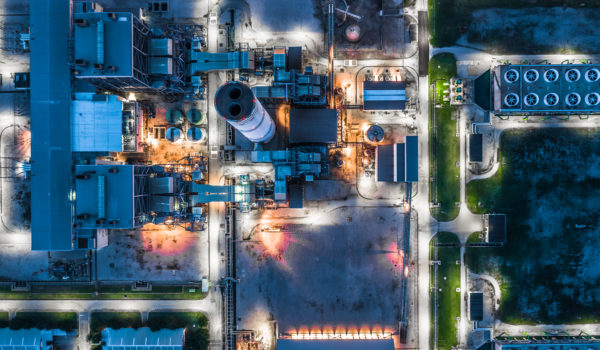Both Kentucky and Ohio have seen a recent boom in electrical vehicle battery and solar-related manufacturing, which is partially attributable to the increase in federal incentives available to these projects. The Bipartisan Infrastructure Law (BIL) and the Inflation Reduction Act (IRA) are facilitating investment into the market through loans, guarantees, grants, tax credits and other incentives to help accelerate clean energy projects.
These programs are having real impacts in both states:
Kentucky
- BlueOval SK has applied for a loan under the U.S Department of Energy’s (DOE) Advanced Technology Vehicle Manufacturing Loan Program for its EV battery project in Glendale, KY.
- Microvast was awarded $200 million grant from the DOE’s BIL for a polyaramid separator plant in Hopkinsville, KY.
- Ascend Elements has been awarded grants from the DOE’s BIL totaling $480 million for a facility producing sustainable lithium-ion battery cathode materials made from recycled battery feedstock.
Ohio
- Honda and LG Energy Solutions announced a joint venture to build a $4.4 billion battery factory in Ohio where Honda’s main U.S. factory is located, aiming for 40 gigawatt-hours in annual production capacity—enough to power more than 700,000 vehicles, according to the companies.
- FirstSolar announced it will spend $1.2 billion to build a new solar panel manufacturing plant, its fourth in the U.S., and expand three existing Ohio plants. The manufacturing investments will create nearly 1,000 new jobs.
- EV battery recycler Cirba Solutions announced a $200 million expansion of its existing Ohio facility.
For suppliers to these projects, the IRA offers per unit credits on many components of the supply chain for EV batteries, solar panels, and wind turbines. These components include:
- thin film or crystalline photovoltaic cells,
- photovoltaic wafers,
- solar grade polysilicon,
- polymeric back sheet,
- torque tubes,
- structural fasteners,
- inverters (central, utility, commercial, residential, microinverter or distributed wind inverters),
- electrode active materials,
- battery cells,
- battery modules, and
- wind energy components such as blades, nacelles, towers, and foundations.
The IRA also has transferability provisions allowing domestic and foreign entities to transfer certain credits. This transferability facilitates the monetization of these credits without having to implement a complicated tax equity investment structure.
These wide-sweeping programs and incentives provide additional benefits to companies looking to invest in operations in Kentucky. For more information, please contact Brian Zoeller, who leads our firm’s Renewables Industry Team, or Kai Bitter, who leads our International Services Group.
Additional Resources
The IRA presents an opportunity to significantly offset the cost of green energy projects in three key ways: (1) extending already existing energy tax credits while establishing a two-tiered credit structure; (2) creating a host of new tax credits; and (3) monetizing the tax credits. Read now.
Community solar is a burgeoning opportunity for owners and developers of multifamily housing projects to provide lasting, positive impact on the environment and communities served, while also creating substantial economic benefits. Read now.
Given the magnitude of tax allocation credits up for grabs, energy companies and investors should carefully review the IRS guidance to ensure their applications are as competitive as possible. Read now.
IRBs for solar projects are a great example of a government incentive that results in a win-win for the project and the local community. The project has an overall lower tax liability with long-term certainty, and the local government receives more tax revenue over the life of the project. Read now.

